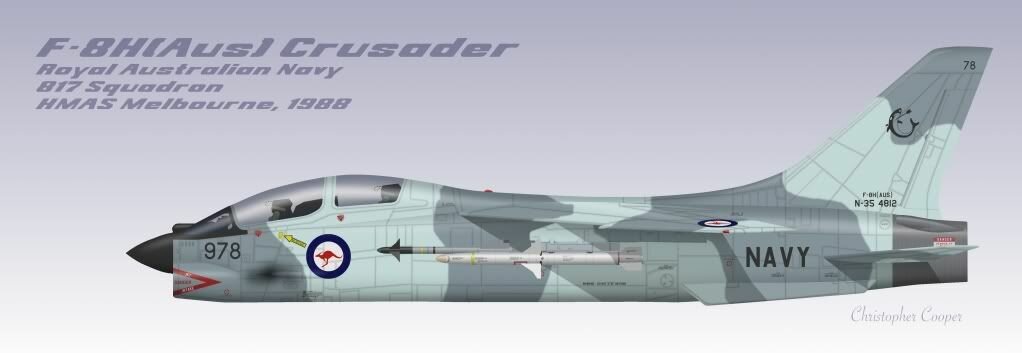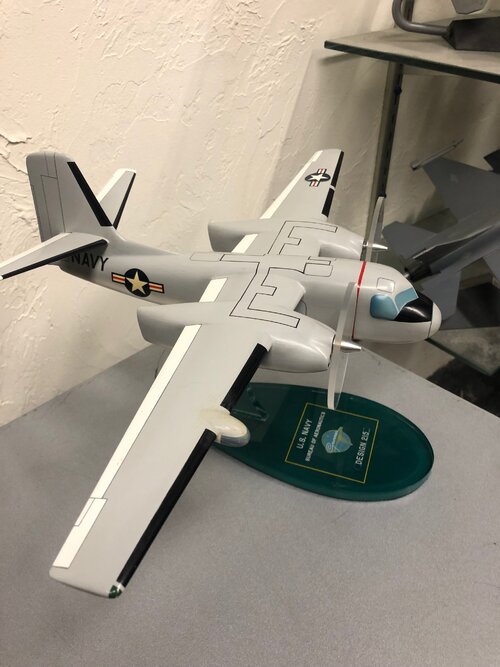Here's a question, presumably with no wrong answer.
Would you personally prefer the RAN to have 2 Majestics in whatever spec or the Hermes post 1966 refit then refitted for the RAN?
Interesting.....
If both Majestic-class ships were modified to Melbourne (R21) standards (angled flight deck, steam catapults and mirror landing aid) that would add some weight to my decision. But I'm guess by 1966, even the shortcomings of the Majestic-class must have been very apparent to the RAN, especially in terms of the availability of modern carrier-based fighters options.
Then in my mind I think of what the Indian Navy was able to do with their Majestic-class carrier INS
Vikrant, when converting her to a V/STOL carrier, equipped for Sea Harrier operation (1984-1997). But let's be honest, hindsight is a wonderful thing and obviously something not afforded to the RAN in 1966 (The Harrier first flight being 1967).
Then again, having two carriers is always going to be a better choice in terms of combat attrition and the size of AO's.
Ok, then we have the enticing offer of the refitted
Hermes, which is irrufutably a much more versatile carrier than a
Majestic-class carrier, in all aspects of capabilities, whether it's the number of aircraft carried, volume of aircraft weapons stored, aviation and ship fuel bunkerage, which all equates to a greater time on station during combat operations. Retaining it's CATOBAR arrangements, to support then modern combat aircraft like Vought F-8H (by Coops213 to my request), turboprop-powered Grumman S-2F-4 (Design 215) Tracker, turboprop-powered derivative of E-1B Tracer and Westland Wessex helicopters....., serving out to the 1990's (with the exceptionof Wessex being replaced by Sea King')
But I guess, once the RAN went to one carrier, ever trying to get two carrier in the future would be a hard ask.....
Regards
Pioneer


